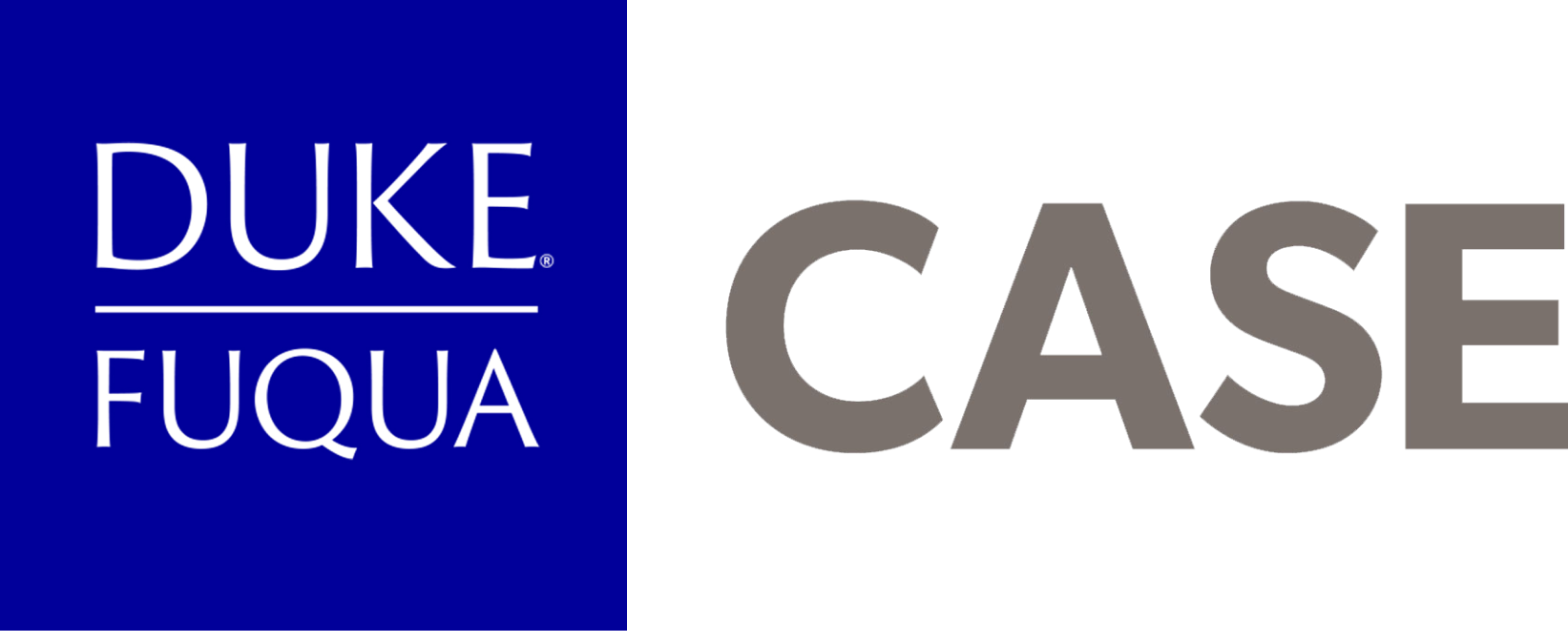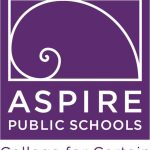This post was written by Eleanor Boothroyd, Daytime MBA 2016, in February 2016. Eleanor is passionate about education. She serves on the Board of the Durham Nativity School in Durham and as Fuqua’s Net Impact Club co-chair of the Sustainable Business and Social Impact (SBSI) Conference, the largest conference of its kind in the Southeastern US. Prior to Fuqua, Eleanor worked as an Analyst for a leading global management consulting firm providing human capital services such as Executive Search, Board Consulting, and Leadership Strategy Services to global Fortune 500 clients. Eleanor graduated with a B.A. in Psychology from Vassar College and is originally from the San Francisco Bay Area.
In the summer of 2015, I spent 10 weeks as a Summer Fellow at Aspire Public Schools, a nonprofit Charter Management Organization (CMO) serving over 14,000 students in 38 schools in California and Tennessee. Launched in 1998, Aspire is one of the nation’s highest performing and well-respected school systems. As a CMO, its mission is to grow the public charter school movement by opening and operating small, high-quality schools in low-income neighborhoods.
As a Fellow, I analyzed Aspire’s Teacher Effectiveness data. This is a contentious topic in the field of education: what makes an effective teacher and how should one measure it? Aspire has begun to answer this question by compiling various measures, including student growth on standardized tests and principal observations in the classroom, into an Overall Effectiveness Level from 1 (“Entering”) to 5 (“Master”).
One of Aspire’s long-term goals has been to examine this effectiveness data through the lens of teacher recruitment. The question for my fellowship was, “which teacher characteristics best predict teacher effectiveness?” Three things I learned about data analysis:
Focus on the data you have.
As the first step to my Fellowship, I created a long list of 42 potential teacher characteristics for analysis. The data on these 42, however, was available to varying degrees:
- Readily available: GPA and years of teaching experience are captured for each entering teacher.
- Manual coding required: I gathered a random sample of 150 resumes and manually coded them using a rubric to objectively quantify some types of pre-Aspire experience, such as leadership experience.
- Nearly impossible: some personality traits, such as extroversion, might predict effectiveness, however we did not have the data on Aspire’s current teachers to do the analysis.
By ranking the 42 characteristics based on those for which we had (or could gather) the data, I was able to whittle the list down to ten. This process enabled me to scope the project appropriately and, importantly, gain key stakeholders’ buy-in from the beginning on what my analysis would cover.
Set yourself a date to stop analysis – and stick to it.
There are always more ways to analyze data. In my case, I could have analyzed differences between teachers across regions, or by secondary vs. primary schools and so on. And stakeholders will always have different opinions on what’s most interesting or important to look at. As a result, one could keep re-cutting the data indefinitely. By taking a first pass, talking through it with my team, exploring further, and then making a final call, I was able to finish on time, a more potent result than an infinite compilation of never-ending charts.
Make the results matter.
I had spent hours understanding the organization and its issues, scoping the project, and analyzing the data. I now knew what the data said, but so what? I realized that without a tangible implementation plan, my final presentation would be just another interesting, but ultimately forgotten, PowerPoint deck.To make my results useful for Aspire, I realized I had to research and define an implementation plan. By doing this extra step, I was able to propose an actionable plan and timeline (including cost and impact), which stimulated rich discussion and left, I believe, the best chance for the utilization of my recommendations.
By comparing the characteristics of highly effective teachers to those of their less effective counterparts, I was able to define three “recruitment markers”, enabling Aspire to make more data-driven teacher selection decisions in the future, ultimately reducing teacher turnover costs and increasing student learning.
The Summer Internship Fund (SIF) enables first year Duke MBA-Daytime students to learn about the rewards and challenges of social sector management without making a significant financial sacrifice. In addition, the program enables organizations that otherwise could not afford to hire MBA student interns to benefit from students’ expertise. The SIF has supported more than 170 students, distributed nearly $520,000, and helped to further the mission of many nonprofit and government organizations. Funds are raised through student fundraising and from donors who believe in the mission of the program. If you would like to contribute, you can donate online using your credit card.



